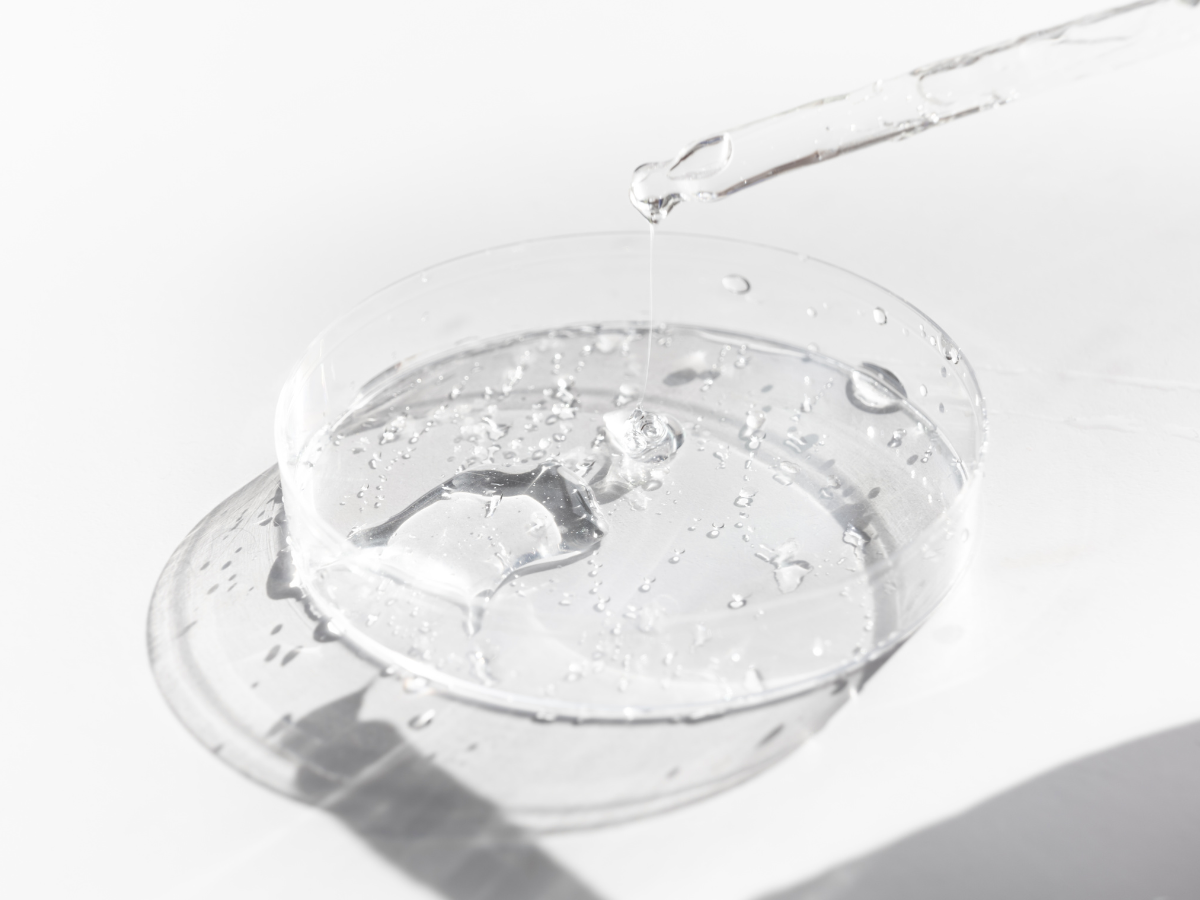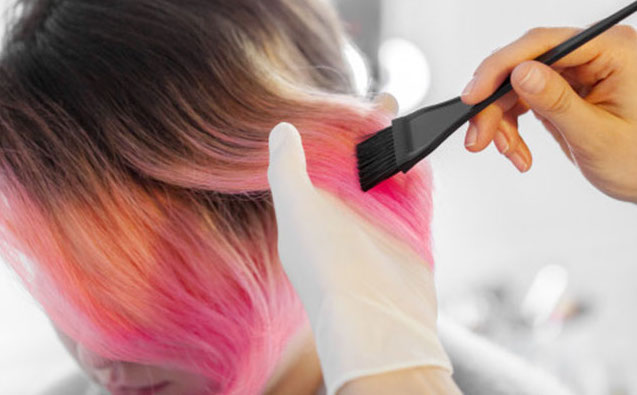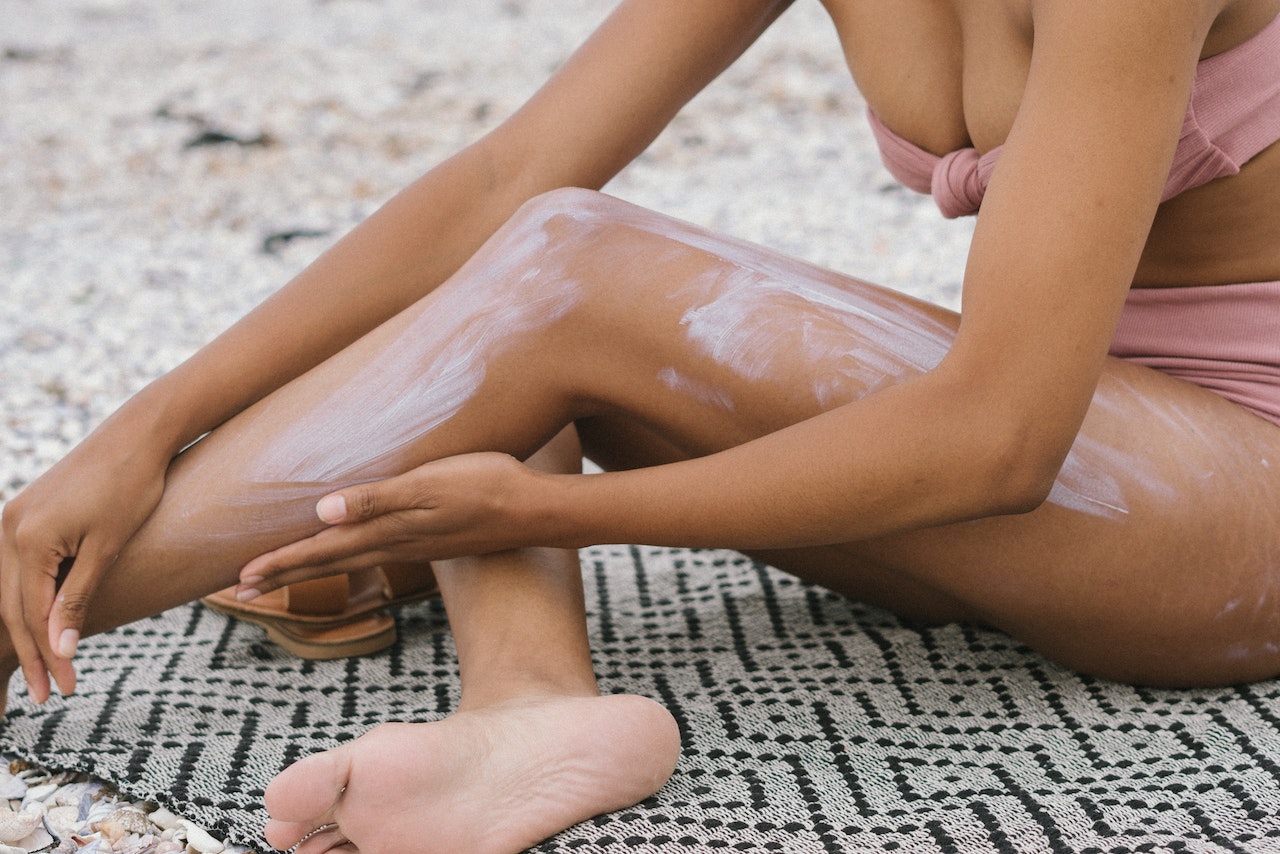BENZOPHENONE-3
Benzophenone-3 is a benzophenone derivative that is used in cosmetics and personal care products as a light stabilizer, UV absorber and UV filter.
According to the Cosmetics Regulation (No. 1223/2009), Benzophenone-3 is included in the list of UV filters allowed in cosmetic products (Annex VI, entry 4). Benzophenone-3 can be used as an UV filter in sunscreen products at concentrations up to 6% in ready for use preparation. It is also allowed in other cosmetic products to avoid formulation decay due to light, at concentrations up to 0.5%.
In early 2019, a priority list of 28 potential endocrine disruptors (not already covered by the bans of cosmetic regulation) was established by the Commission. From these 28 substances, 14 were considered as higher priority (Group A), which included Benzophenone-3. The European Commission’s Scientific Committee on Consumer Safety (SCCS) was asked to assess its safety. Stakeholders submitted scientific evidence (during the call for data) aiming to demonstrate the safety of Benzophenone-3 as an UV filter in cosmetic products.
On its opinion, the SCCS concluded that the use of Benzophenone-3 up to a maximum concentration of 6% in sunscreen products (in the form of body cream, sunscreen propellant spray or pump spray) is not safe for the consumer. On the other hand, the use of this ingredient as a UV filter (up to 6%) is considered safe in face cream, hand cream and lipsticks. Moreover, the use of Benzophenone-3 to avoid formulation decay was also considered safe for the consumer at concentrations up to 0.5%.
The SCCS determined that a maximum concentration of 2.2% of Benzophenone-3 as a UV-filter can be considered safe in body creams, in propellant sprays and in pump sprays (provided that there is no additional use of this ingredient at 0.5% in the same cosmetic formulation to protect such formulation). In these types of sunscreen products, Benzophenone-3 is used at 0.5% to protect formulation. The concentration of this ingredient as an UV-filter should not exceed 1.7% in body creams, in propellant sprays and in pump sprays. (for more information, see previous post)
UPCOMING AMENDMENT TO COSMETICS REGULATION
On October 14th 2021, the European Commission has communicated to the WTO (World Trade Organization) a draft Regulation to introduce new use restrictions for two UV filters (Benzophenone-3 and Octocrylene).
Following the SCCS opinions, the European Commission states that “it can be concluded that there is a potential risk to human health arising from the use of Benzophenone-3 and Octocrylene as UV filters in cosmetic products in the concentrations currently allowed. Therefore, the use of Benzophenone-3 and Octocrylene should be restricted to the maximum concentrations proposed by the SCCS “. Regulation (EC) No 1223/2009 will be amended accordingly.
In sum, the current maximum concentration allowed for Benzophenone-3 will be lowered from 6% to 2.2% when used in body products (including propellant and pump spray products).
Reasonable periods of time will be granted to the industry in order to:
- make the necessary adjustments to product formulations and comply with new requirements, and
- withdraw cosmetic products which do not comply with those requirements.
The amendments to the Regulation will enter into force 20 days after its publication in the Official Journal of the European Union.
If you wish to get more information feel free to contact us at info@criticalcatalyst.com.
References:
- Regulation (EC) No 1223/2009 of the European Parliament and of the Council of 30 November 2009 on cosmetic products.
- Scientific Committee on Consumer Safety (SCCS). Opinion on Benzophenone-3 (CAS No 131-57-7, EC Nº 205-031-5). SCCS/1625/20. 2021.














